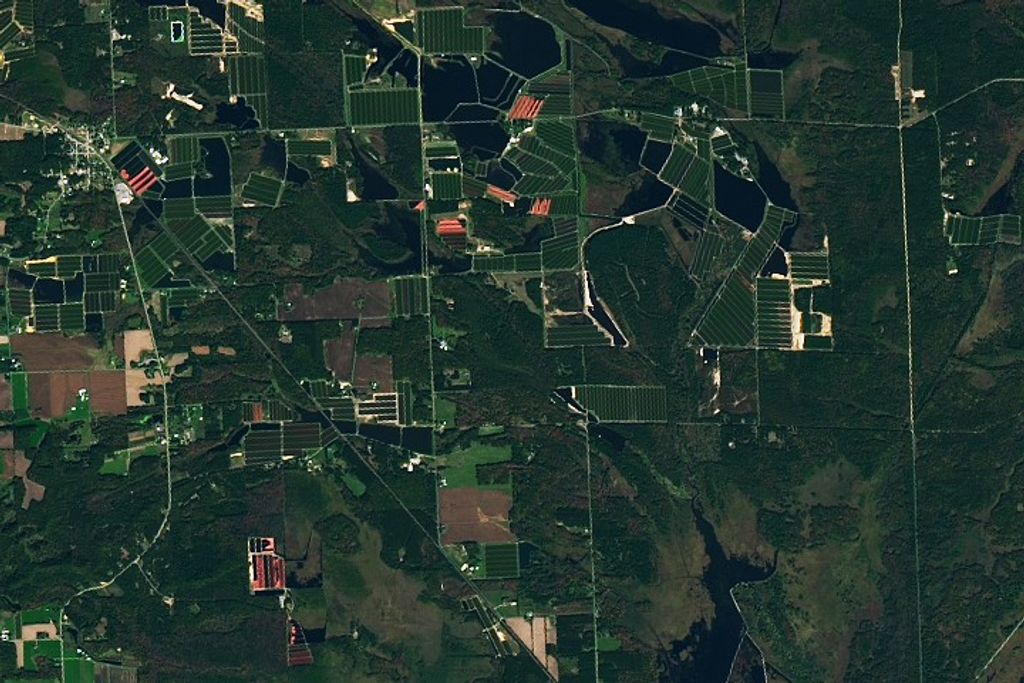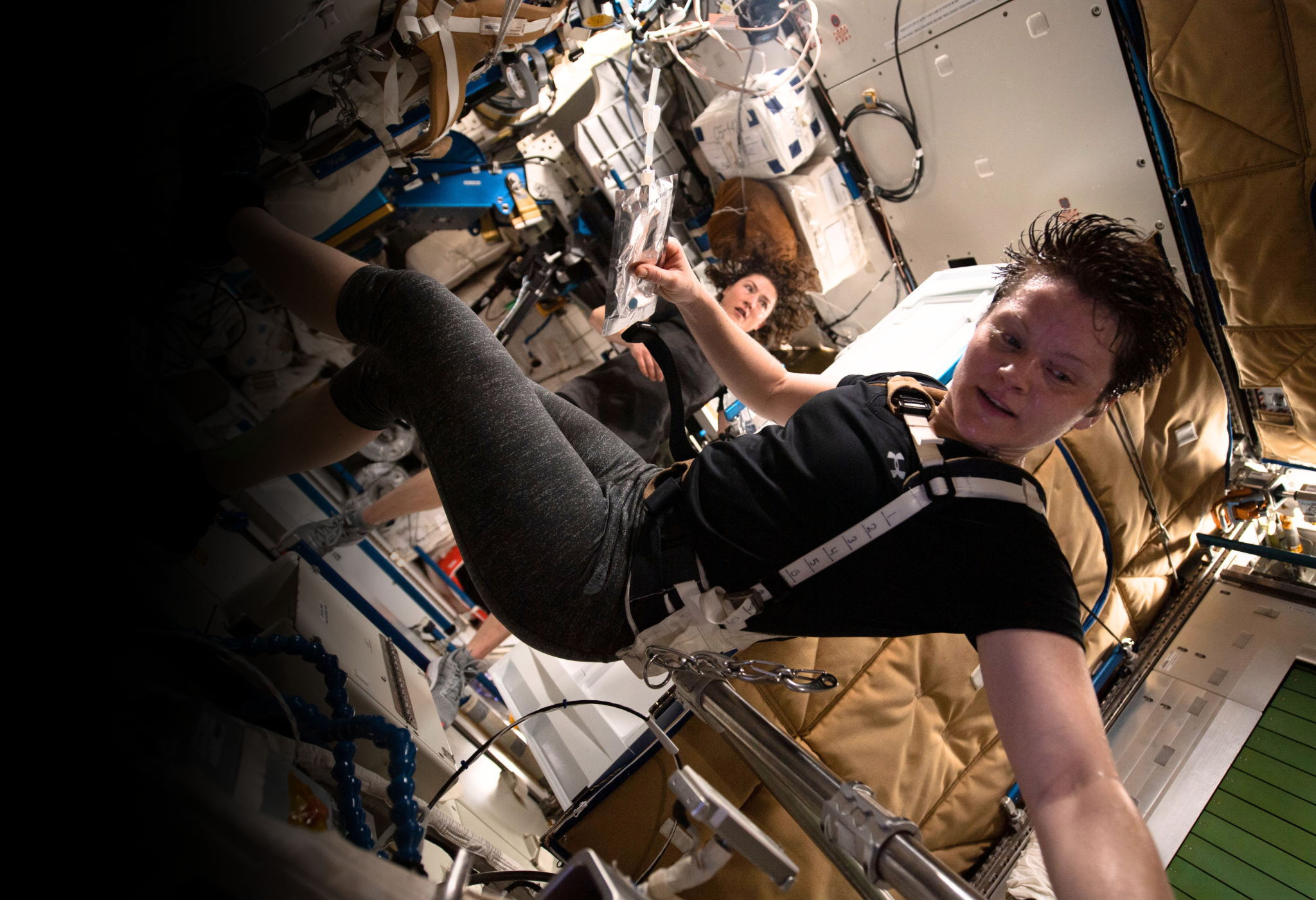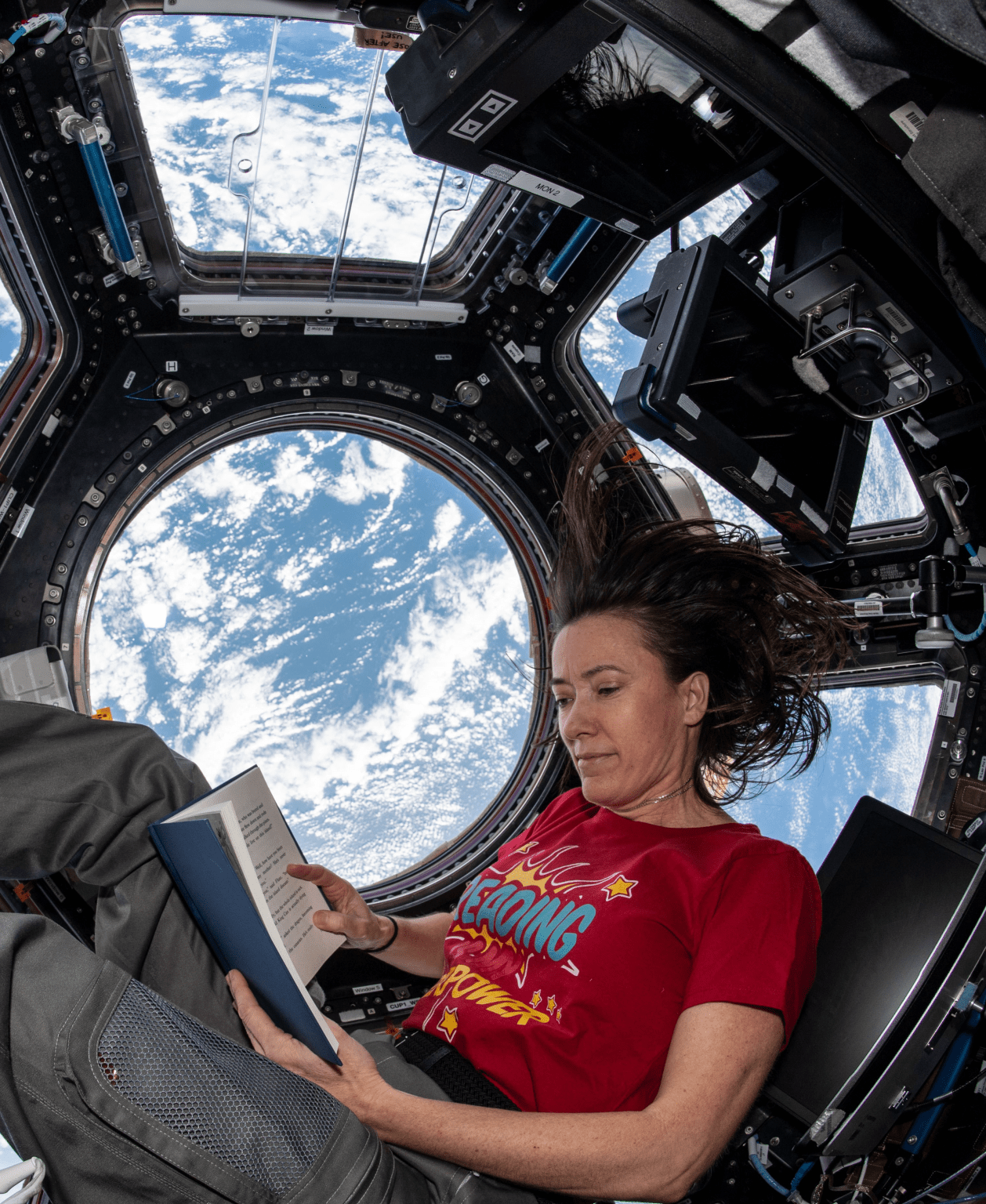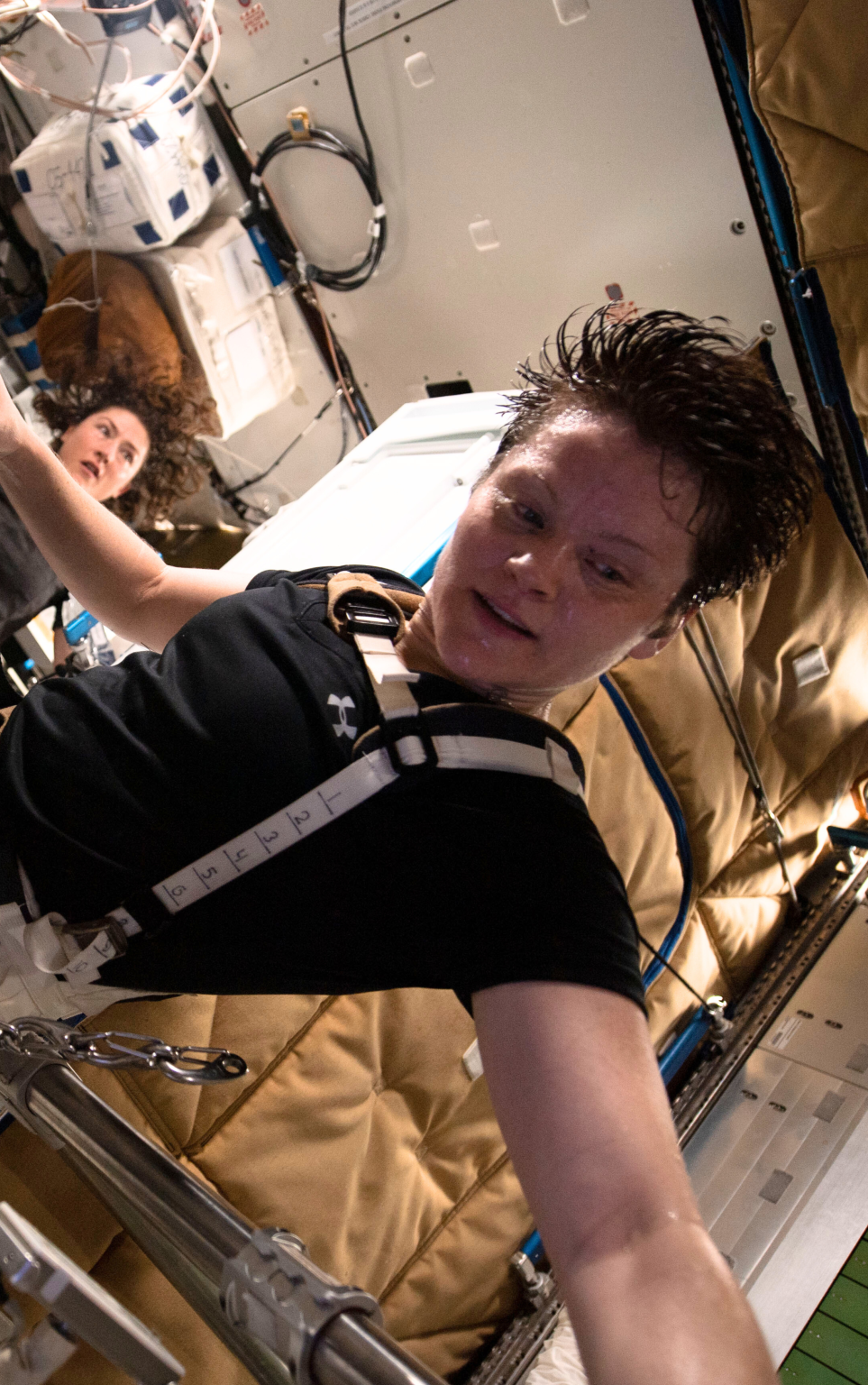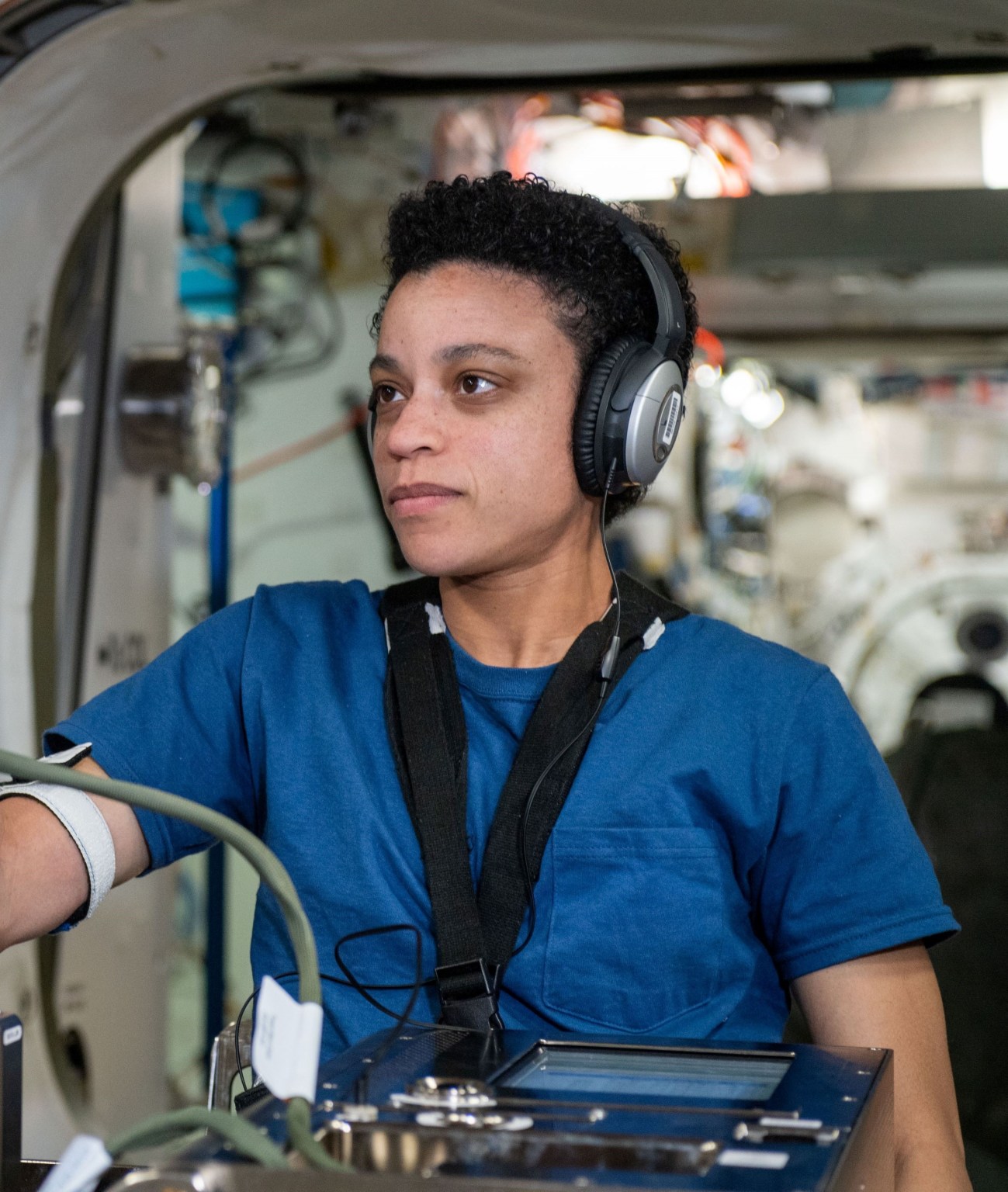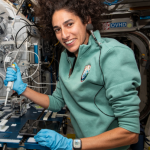Spaceflight Risks
The Human Health Countermeasures group is situated within the Human Research Program. Its research helps to ensure the health and safety of astronauts by tackling the spaceflight risks described below.
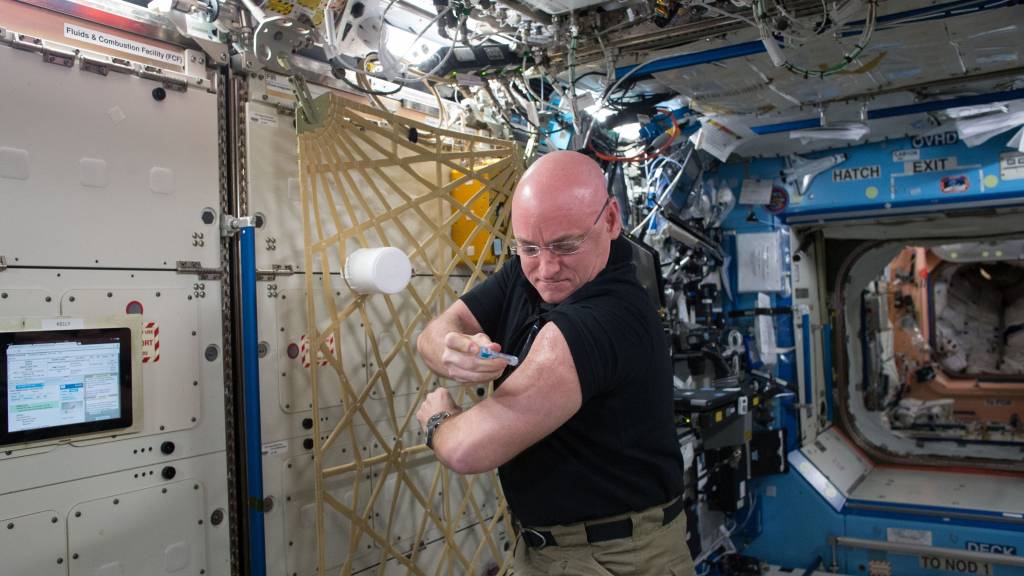
Risk of Altered Immune System Responses
The stresses of spaceflight can awaken inactive viruses inside the bodies of astronauts, leading to rashes and other symptoms. Ongoing work seeks to further understand changes in the immune system to better protect astronaut health.
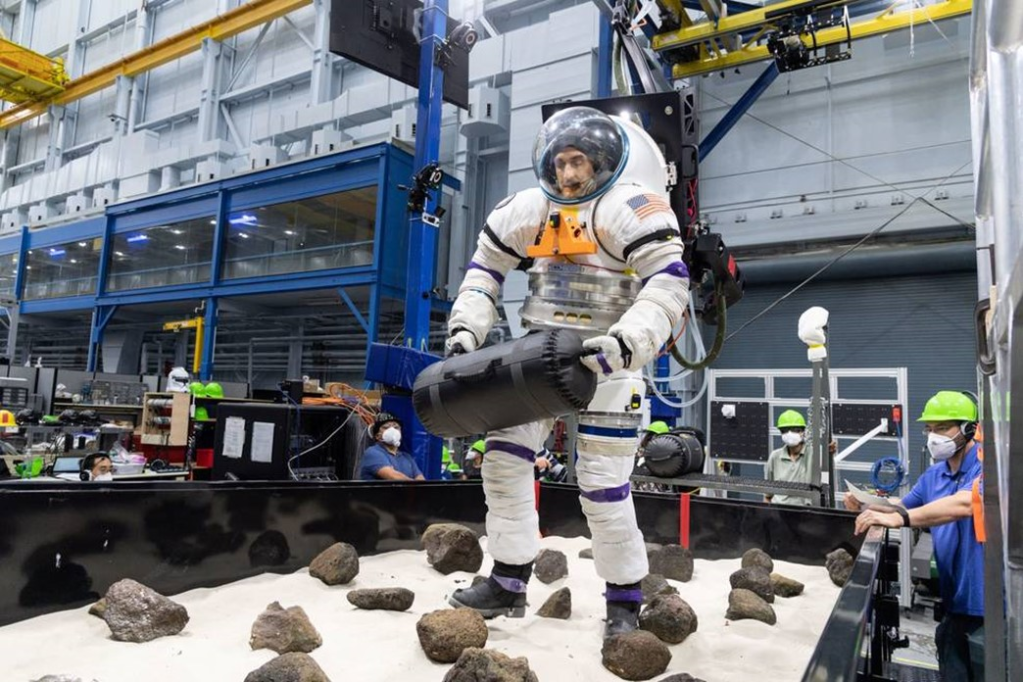
Risk of Altered Sensorimotor and Vestibular Function
Astronauts can experience motion sickness, issues with hand-eye or gait coordination, and dizziness during gravitational changes, making it difficult to walk or operate a vehicle. Ongoing research seeks to help astronauts recover faster from these changes so they can perform tasks inside and outside spacecraft.
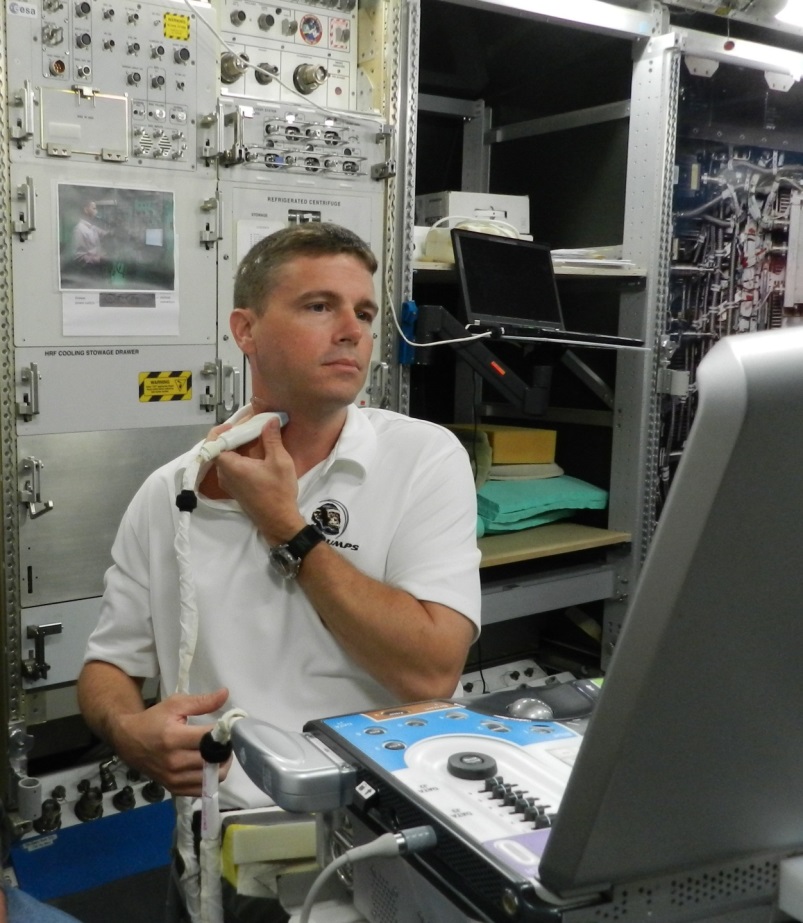
Risk of Cardiovascular Adaptations
Weightlessness alters blood circulation and how the heart and blood vessels function, potentially increasing the risk of cardiovascular events. Research focuses on minimizing these unhealthy changes.
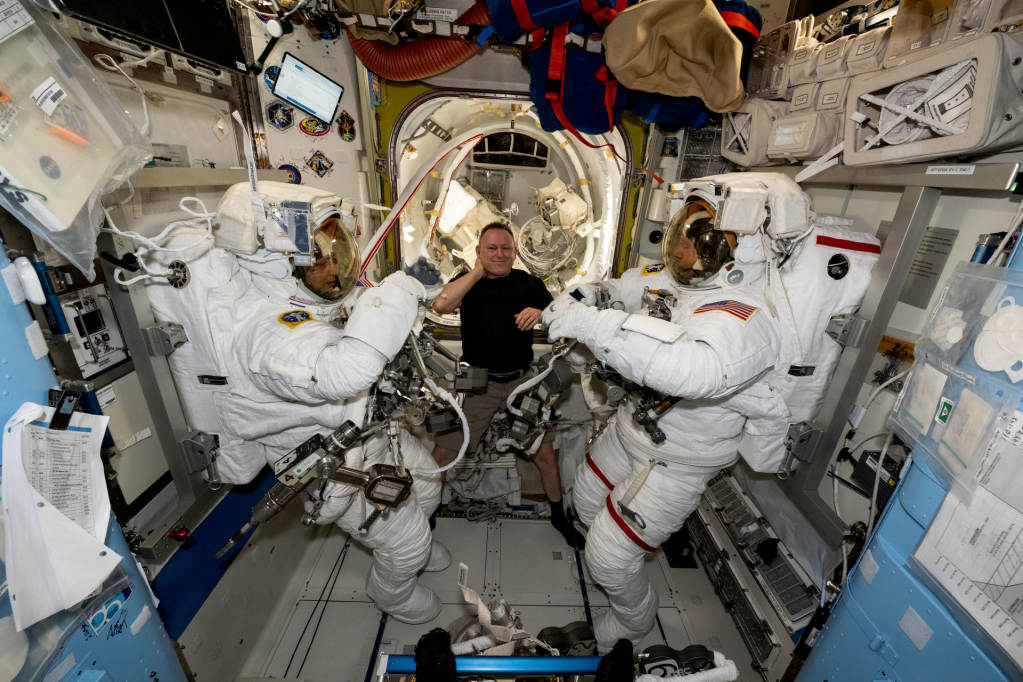
Risk of Decompression Sickness
Transitioning from a pressurized spacecraft to a lower-pressure spacesuit can cause health and mission complications when dissolved nitrogen starts to bubble within body tissues. Research focuses on developing better prevention and faster treatment options.
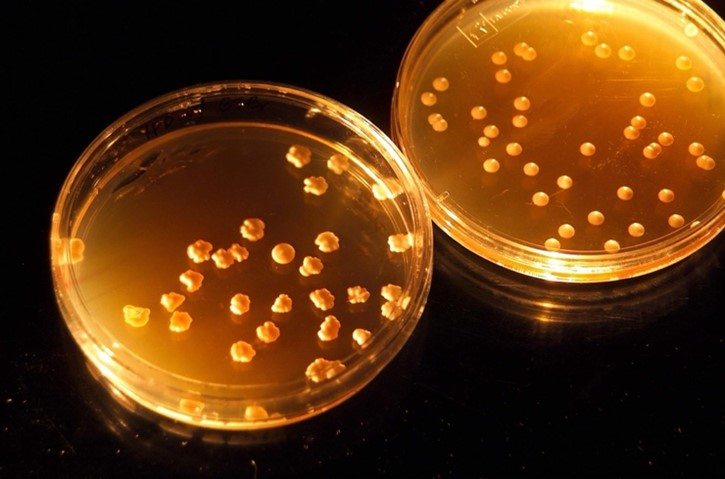
Risk of Host-Microorganism Interactions
Skin and gut microbiomes can change in space, potentially increasing the risk of crew members getting sick. To help keep crews healthy, researchers are exploring these microbial ecosystems and how they evolve in space.
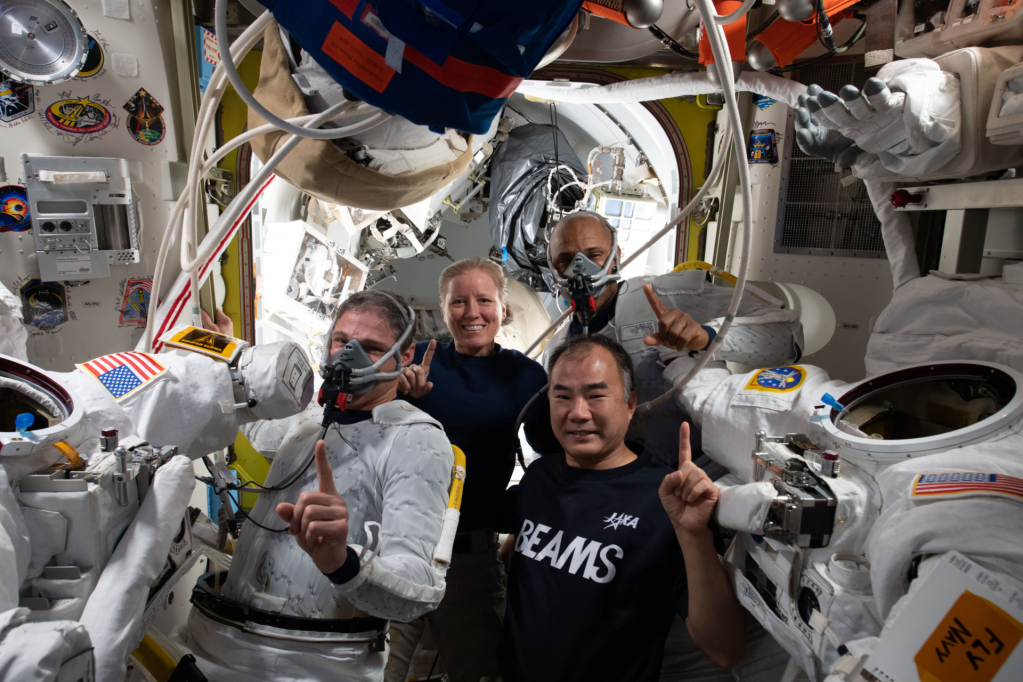
Risk of Hypoxia
Astronauts on future deep space missions will take steps to avoid “the bends” during spacewalks through an approach that elevates the risk of mild hypoxia — a condition that occurs when oxygen levels in body tissues become lower than normal. Research focuses on defining safe oxygen thresholds, monitoring astronaut health, and treating astronauts who experience mild hypoxia.
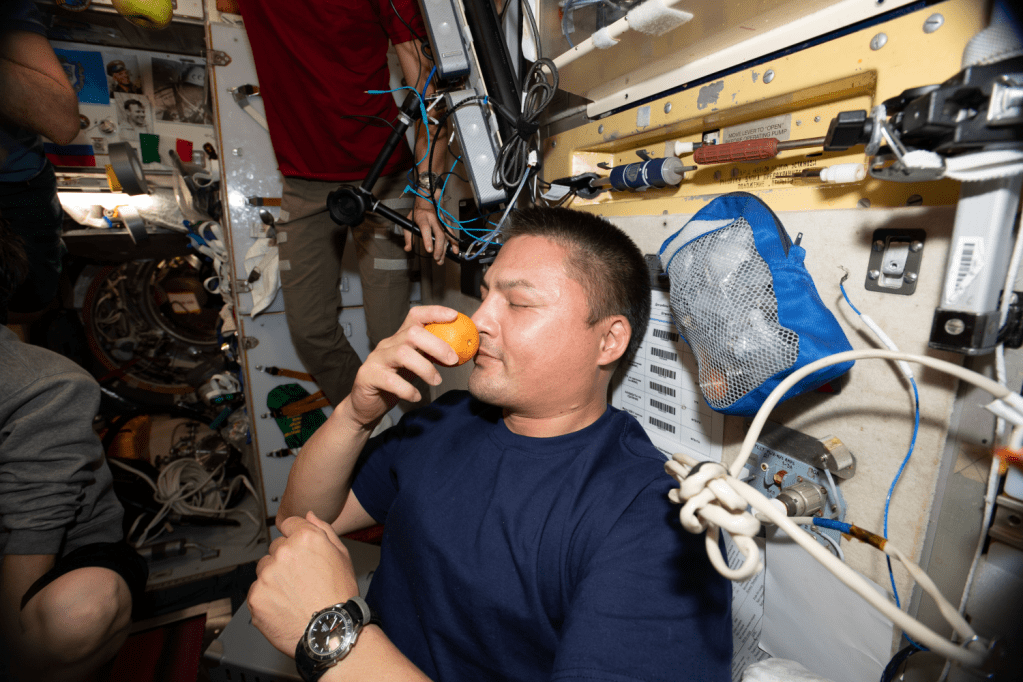
Risk of Inadequate Food and Nutrition
A healthy, balanced diet is an essential element of crew health and performance. Ongoing research focuses on designing enjoyable, long-lasting, and nutritious meals for deep space missions and understanding the consequences of inadequate nutrition.
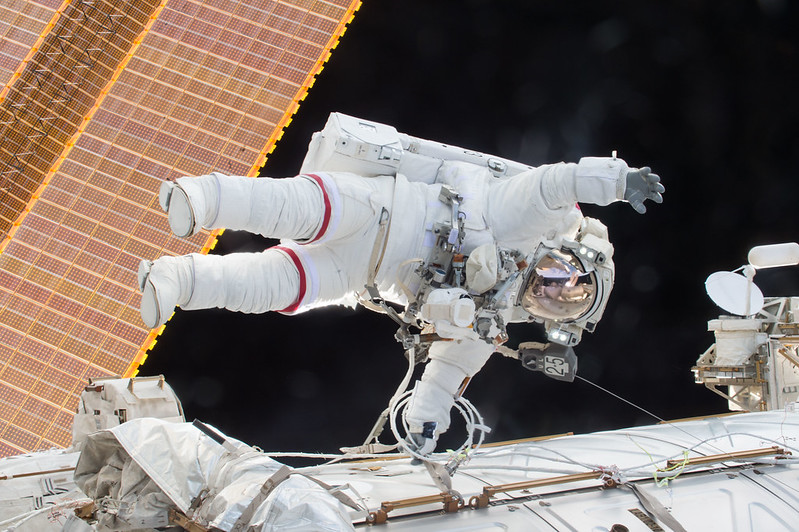
Risk of Injury and Compromised Performance from Spacewalks
Working in a spacesuit is challenging. In addition to cognitive fatigue and injury, crew members must also manage risks in the spacewalk environment, including decompression sickness, and low oxygen and high carbon dioxide levels. Research focuses on characterizing human performance in spacesuits and balancing pressure and oxygen levels.
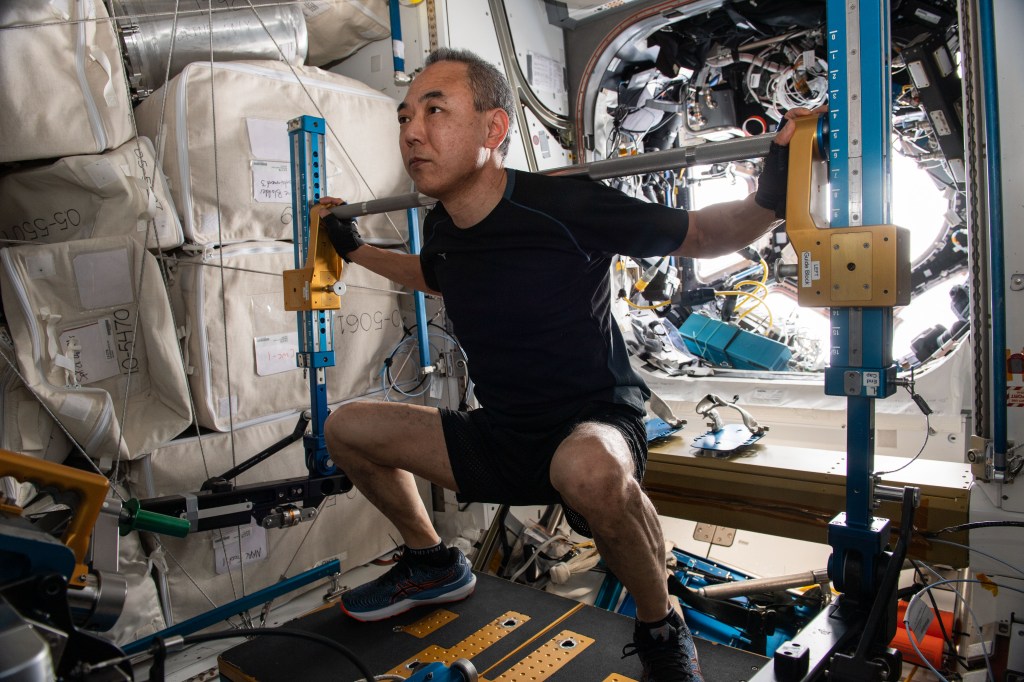
Risk of Reduced Cardiorespiratory and Musculoskeletal Fitness
All astronauts perform exercise during their mission to counteract losses in bone density, muscle strength, and heart and blood vessel performance. Researchers are studying what types of exercise will best protect their health and their ability to perform spacewalks.

Risk of Spaceflight Associated Neuro-ocular Syndrome (SANS)
The structure of the eyes and brain can change with spaceflight. Research focuses on understanding the long-term health consequences of these changes and preventing them from occurring.
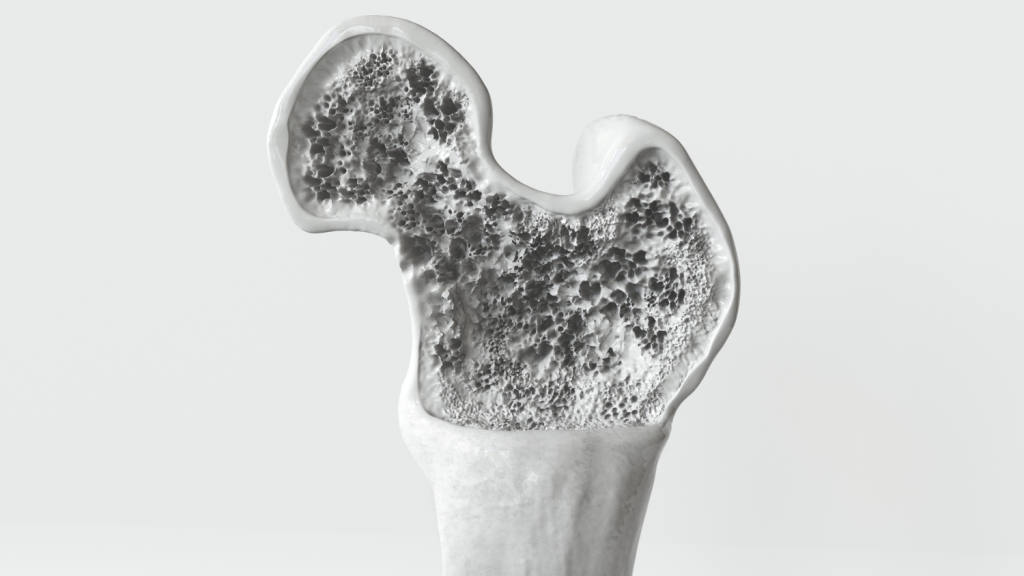
Risk of Spaceflight-Induced Bone Changes
Without gravity, bones break down and become more brittle, boosting the chances of painful breaks. Ongoing research seeks to better understand and quantify these losses, and help preserve bone strength through diet, exercise, and medication.









